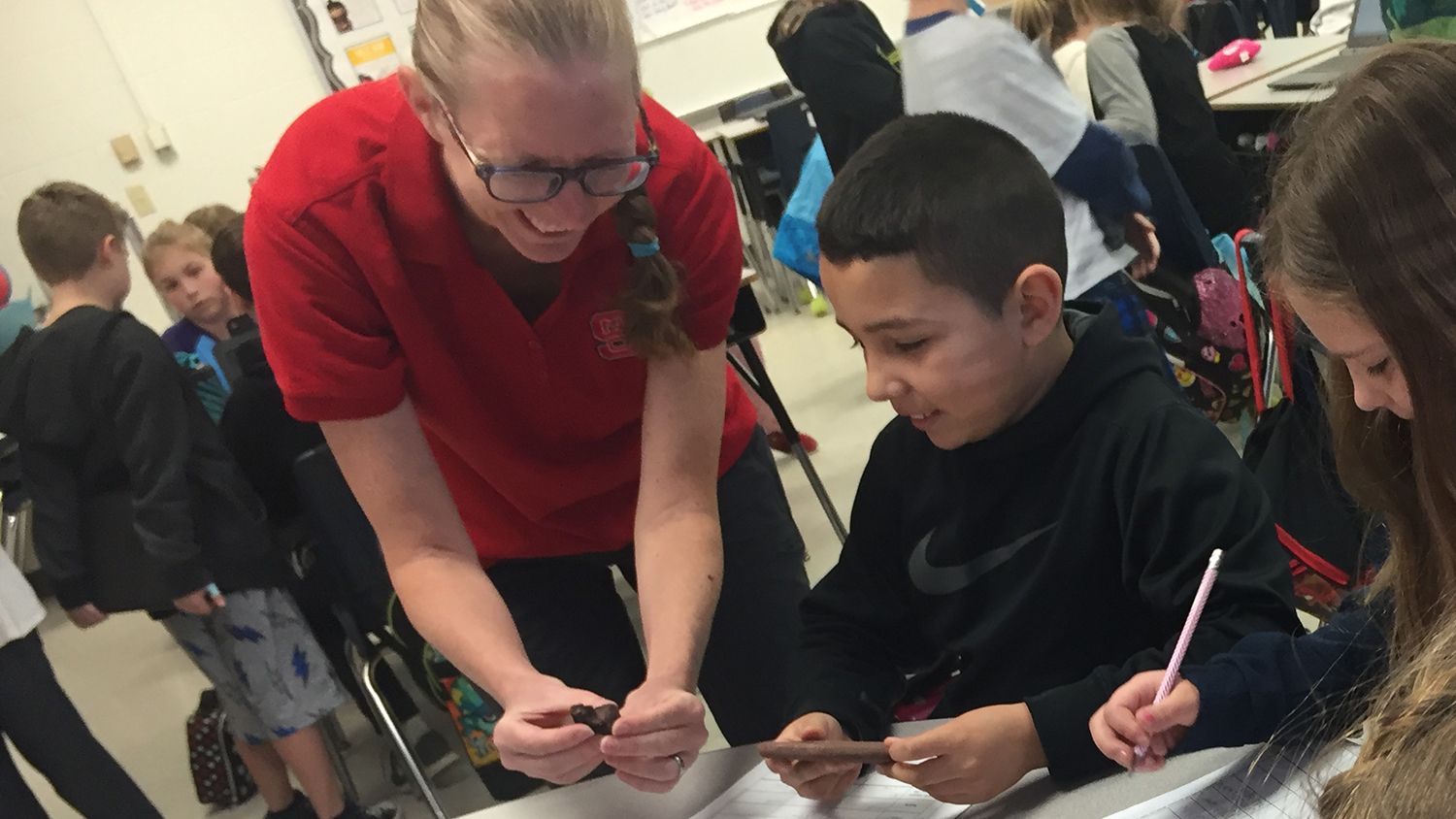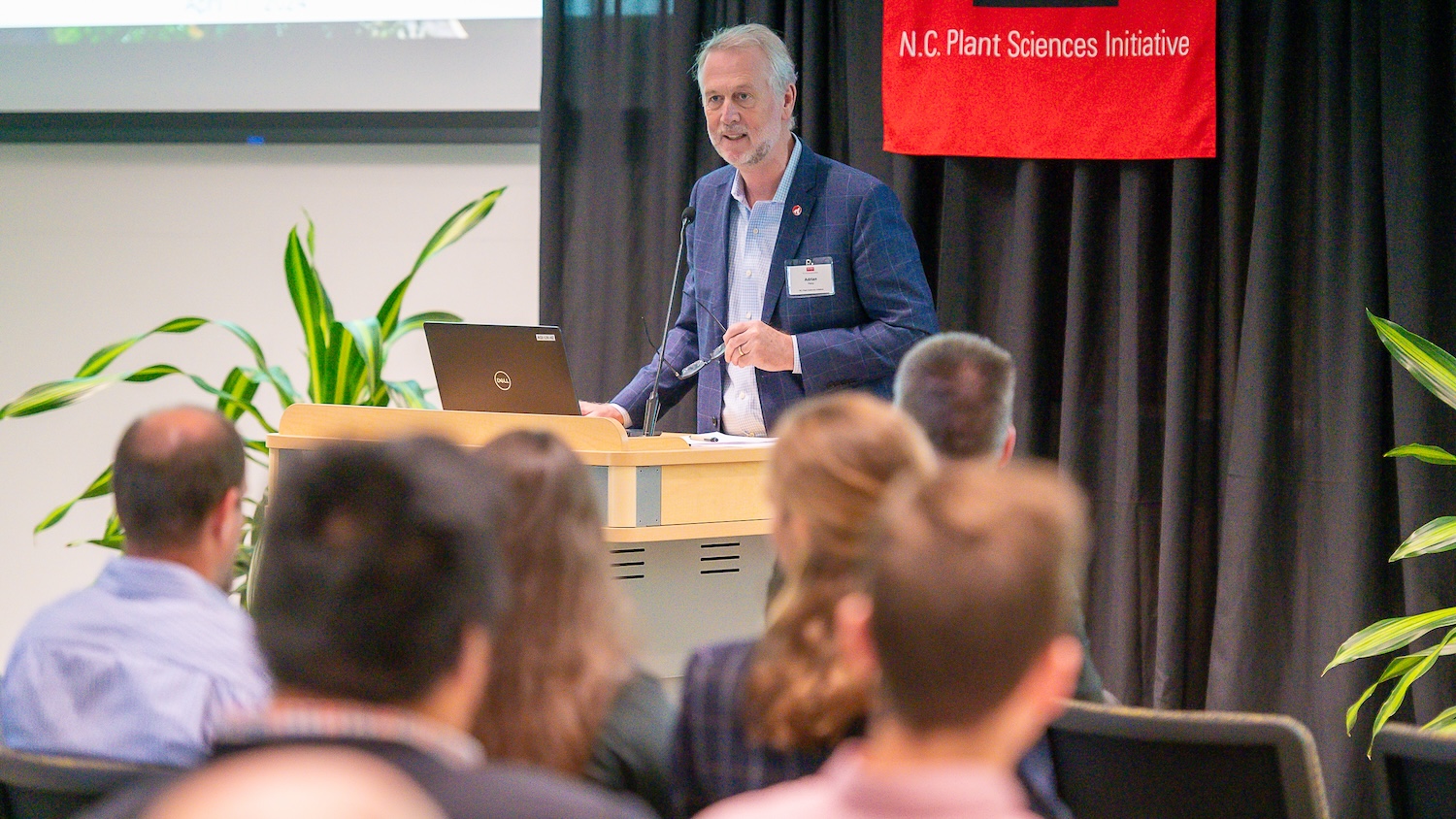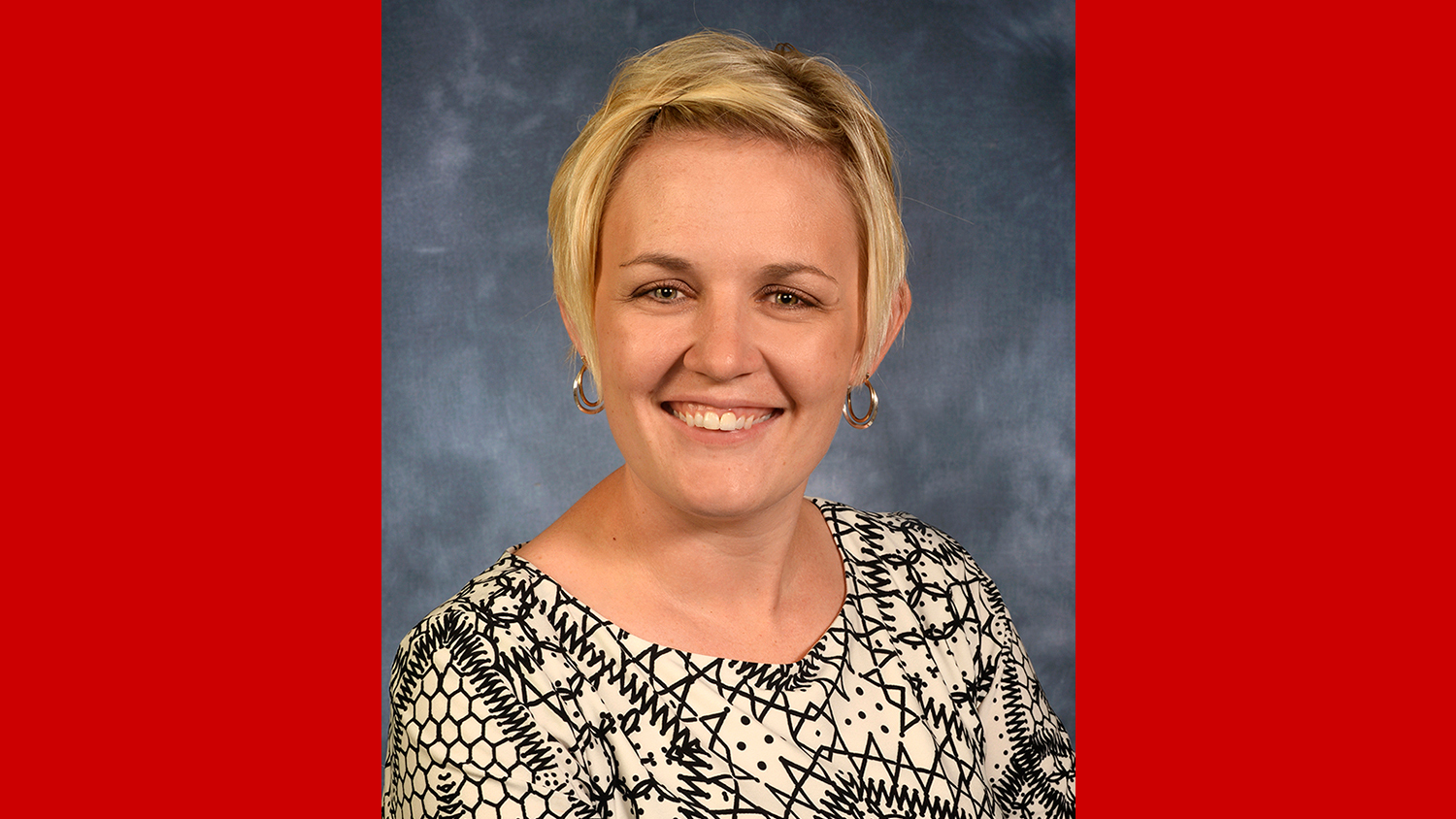Faculty Focus: Teaching Kids that Space Rocks (and Has a Lot of Rocks)

Elementary school students who participate in classes taught by Dr. Melissa Hendrickson of the Department of Agricultural and Resource Economics have the rare opportunity to see and handle space rocks — that is, rocks from the moon or meteorites. NASA has a program through which they loan out lunar rocks and meteorites to teachers and professors who participate in their educator training program. Hendrickson has been involved in the program for five years and recently spent two weeks teaching at South Topsail Elementary School.
How did you start working with NASA?
I attended a NASA educator training in May 2012 in Wilmington. It was a two-day event that detailed the security process required to borrow materials from NASA and delved into lessons and activities that could be used in the classroom in conjunction with the borrowed lunar rocks and meteorites. I was the only representative from NC State at that training session.
How does the process work after NASA training is complete?
It takes several months and some paperwork to access to the lunar rocks and meteorites. My department head agrees to a security plan and then NASA mails the rocks to us. From that point, I am allowed to teach as many students as I can within the two-week loan period.
What do you do in a training session with students?
I have been working with the schools my children attend, but not necessarily their grade levels. It turns out that third, fourth and sixth grades are the best fit for the lessons I teach. I also usually visit the kindergarten or first-grade classes as well, but more for show-and-tell and discussions about rocks and soils, not with a scripted lesson.
The students love the rock activities. We start with the three rock types you’d find here on Earth. Students complete evaluations of sedimentary, igneous and metamorphic rocks that I have in my personal collection. Then we talk about the geography of the moon, the types of rocks and soils found there and how they are similar and different to those found here. The students then evaluate the lunar rocks, lunar soil and meteorites that NASA provides to us.
This lesson takes about an hour and it is a lively, hands-on, interactive session with a multitude of questions and anecdotes that could go on for much longer. Someone once told me it’s better to end things while interest is still high so they want more rather than carrying on until they are bored. That advice has been very useful. Somewhere embedded in this conversation we talk about NC State and the importance of rocks and soils to agriculture. That, of course, is a shameless plug for our programs, but a small price for a great learning activity.
Why do you do this?
Because it’s fun and I like rocks! I’m fortunate that my administrators give me flexibility in my choice of community service. All in all, over the two weeks I have with the rocks each year, roughly 300 – 350 students are engaged with these lessons. This may be the only time in their entire life that they get to see space rocks. It makes me feel good to provide this opportunity to them. It doesn’t cost anything except time and a little photocopying and it gives such rewards to the students and their teachers.
How can educators get involved with the NASA lending program?
NASA provides training around the country upon request. If there are enough teachers interested in becoming trained within a reasonable geographic radius of you, they will consider hosting a training. The travel costs of the NASA trainers are covered by the participants in this training. Sometimes a school or district will sponsor the event and sometimes they have participants pay a registration fee. I think the registration fee was $25 for the NASA training I attended and it was worth every penny.
Our faculty Think and Do the Extraordinary every day.
[button]Support CALS faculty[/button]
- Categories:


